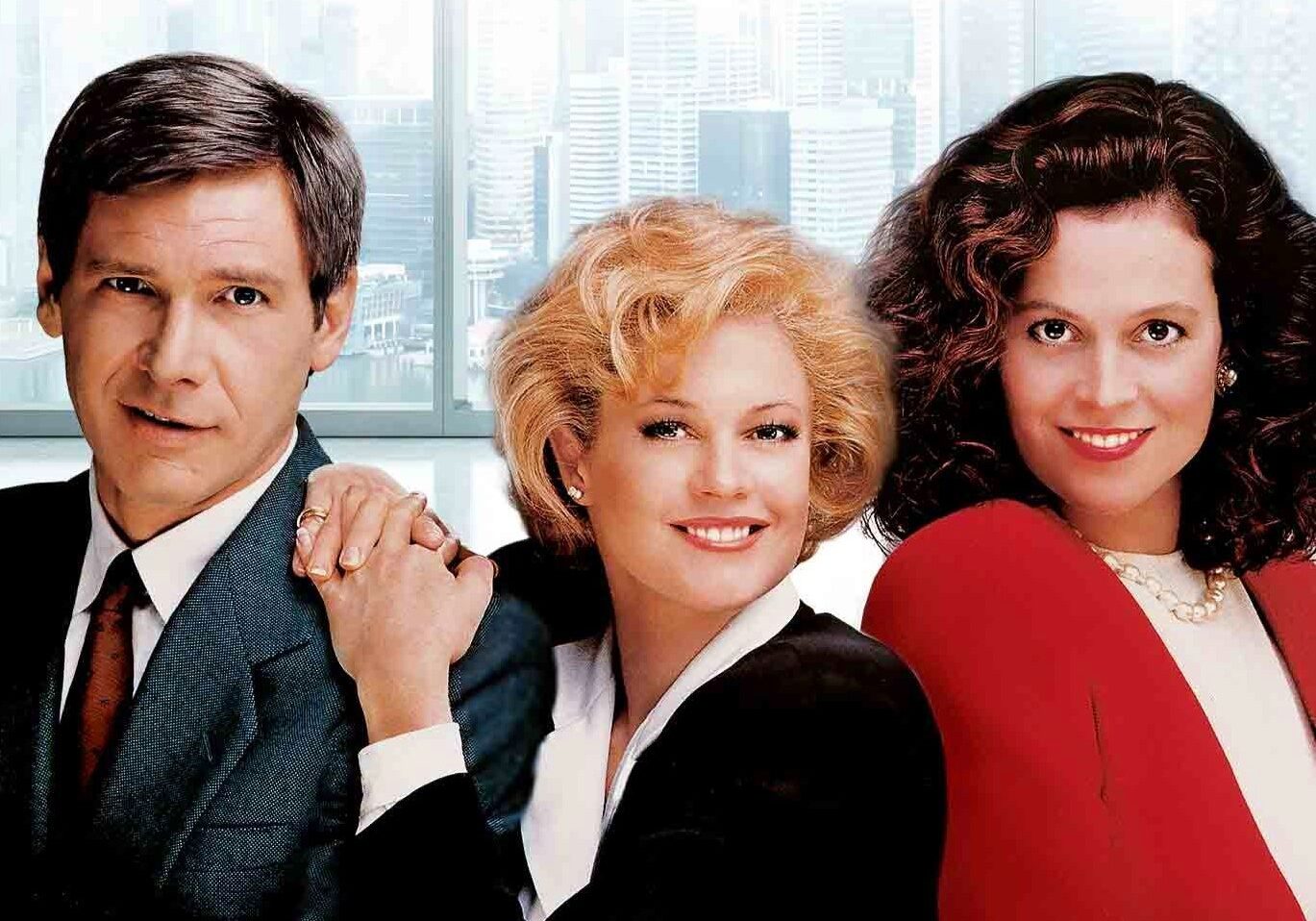PDF Download (Paid Subscription Required): Yeah, It’s Still Water
Back in Apri
Yeah, It’s Still Water
To learn more about Epsilon Theory and be notified when we release new content sign up here. You’ll receive an email every week and your information will never be shared with anyone else.
Continue the discussion at the Epsilon Theory Forum
15 more replies
The Latest From Epsilon Theory
DISCLOSURES
This commentary is being provided to you as general information only and should not be taken as investment advice. The opinions expressed in these materials represent the personal views of the author(s). It is not investment research or a research recommendation, as it does not constitute substantive research or analysis. Any action that you take as a result of information contained in this document is ultimately your responsibility. Epsilon Theory will not accept liability for any loss or damage, including without limitation to any loss of profit, which may arise directly or indirectly from use of or reliance on such information. Consult your investment advisor before making any investment decisions. It must be noted, that no one can accurately predict the future of the market with certainty or guarantee future investment performance. Past performance is not a guarantee of future results. Statements in this communication are forward-looking statements. The forward-looking statements and other views expressed herein are as of the date of this publication. Actual future results or occurrences may differ significantly from those anticipated in any forward-looking statements, and there is no guarantee that any predictions will come to pass. The views expressed herein are subject to change at any time, due to numerous market and other factors. Epsilon Theory disclaims any obligation to update publicly or revise any forward-looking statements or views expressed herein. This information is neither an offer to sell nor a solicitation of any offer to buy any securities. This commentary has been prepared without regard to the individual financial circumstances and objectives of persons who receive it. Epsilon Theory recommends that investors independently evaluate particular investments and strategies, and encourages investors to seek the advice of a financial advisor. The appropriateness of a particular investment or strategy will depend on an investor’s individual circumstances and objectives.
This commentary is being provided to you as general information only and should not be taken as investment advice. The opinions expressed in these materials represent the personal views of the author(s). It is not investment research or a research recommendation, as it does not constitute substantive research or analysis. Any action that you take as a result of information contained in this document is ultimately your responsibility. Epsilon Theory will not accept liability for any loss or damage, including without limitation to any loss of profit, which may arise directly or indirectly from use of or reliance on such information. Consult your investment advisor before making any investment decisions. It must be noted, that no one can accurately predict the future of the market with certainty or guarantee future investment performance. Past performance is not a guarantee of future results. Statements in this communication are forward-looking statements. The forward-looking statements and other views expressed herein are as of the date of this publication. Actual future results or occurrences may differ significantly from those anticipated in any forward-looking statements, and there is no guarantee that any predictions will come to pass. The views expressed herein are subject to change at any time, due to numerous market and other factors. Epsilon Theory disclaims any obligation to update publicly or revise any forward-looking statements or views expressed herein. This information is neither an offer to sell nor a solicitation of any offer to buy any securities. This commentary has been prepared without regard to the individual financial circumstances and objectives of persons who receive it. Epsilon Theory recommends that investors independently evaluate particular investments and strategies, and encourages investors to seek the advice of a financial advisor. The appropriateness of a particular investment or strategy will depend on an investor’s individual circumstances and objectives.










On first read, I don’t disagree with anything here. However, I hope you are being sarcastic when you say you would have done the same thing in their shoes. I do consider that behavior unethical when the actors (management and a board that’s aware or MIA) know damn well it’s a misallocation of capital/transfer of wealth.
This is a great article. I could feel this happening for some time based on the news and internal announcements at work. This put it perfectly into words.
It feels like the pilots (management) are flying the plane straight up. We’re just along for the ride. Eventually, the plane is gonna stall.
The whole management-serving edifice here is a consequence of well-meaning attempts to align incentives. Management’s job should be maximizing shareholder value, right? (Setting aside ESG/CSR type discussions for the moment.) So focus management compensation on stock performance metrics and pay them in stock. Then management will look out for the shareholder, right? Sure. THAT IS HAPPENING. As long as the shareholder’s desired investing time horizons align with the manager’s career timeline horizon! In that case, it is 100% ethical for management to get paid in stock and then game the stock price. They’re gaming it for shareholders’ benefit, too.
The financialization and self-rewarding behavior here is public and transparent, and many shareholders surely see it and choose to own the company’s stock anyway. It’s only really unfair to shareholders that want to own the company longer than the manager intends to be employed there, and aren’t as sophisticated as Ben…
To the extent everyone involved is acting in accordance with the incentive structure and ethical guidelines they’re given by whoever is one step up the chain, it’s not necessarily unethical, just not well-aligned with society’s broader interests. The bigger issue to my mind is the collection of structural issues with our economy/society/laws that make financialization more rewarding than real business growth. Growth compounds exponentially so it should be preferable to financialization over even the 5-10 year timeframes we would expect managers to worry about.
I think Ben is right in saying that he would do the same thing. This is a system and you don’t get to join the system unless you are going to play the game their way. After all, we’re not communists. If you could take a top position with a publicly traded company and set your family up for at least the next 3 generations without breaking any laws, how could you pass up that opportunity? Every C Suite executive has spent their life preparing for that exact position or higher. It’s why they fought to get into the elite university and put in the hours at the big accounting or consulting firm and did the stint overseas when it meant time away from the kids. It’s why they bought the ticket and made sure to get it stamped at every destination. It’s like Sally in the Peanuts Christmas Special. I just want what’s mine. I deserve everything that I got because America is a Meritocracy. If you were better than me, you would have this. It’s another example of tragedy of the commons, the benefits accrue to the few, but the costs and consequences flow to all. How can this be unethical when everyone is doing it, the “market” is rewarding us, and if I didn’t do it, the board would fire me and bring in someone that would. Besides, if I don’t do this look at the 100 people around me that would miss out. They deserve this too.
The plane has already stalled. If you are in coach or economy, you are not gaining any altitude. If you are in Business, First Class, or the Cockpit, you still feel like you are rising, but really, you’re just being pulled into that black hole. It’s just a matter of time before the gravity well and time dilation catch up with you. It’s fun while it lasts, but the consequences are murder.
In the words of a great country song … falling feels like flying / for a little while.
All true and yet, suppose management had used more of the ~25bn to invest in new PPE, R&D etc. They’re still a mature, cyclical business with some far more innovative competitors who probably would’ve still eaten their lunch. Most of the shares are held by giant institutional investors who know what’s going on. From a policy standpoint it seems to me that while you’re right about the managerial class its better to make policy that promotes competition and creative destruction than to penalize them for buybacks.
If you want to run off the company for cash (perfectly reasonable IMO), then:
Amazing. Somebody’s noticed what an utter swindle stocks buybacks are.
This article reminds me of the saying. “It’s never as bad as it seems, but always worse than it appears”